
Curated with aloha by
Ted Mooney, P.E. RET

The authoritative public forum
for Metal Finishing 1989-2025

-----
Standard/allowable tolerances on zinc plating
for Shops, Specifiers & Engineers
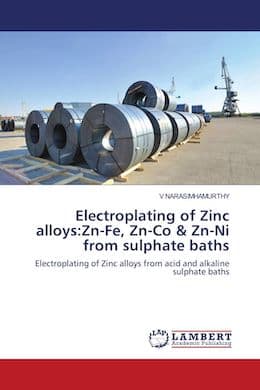
from eBay, AbeBooks, or Amazon
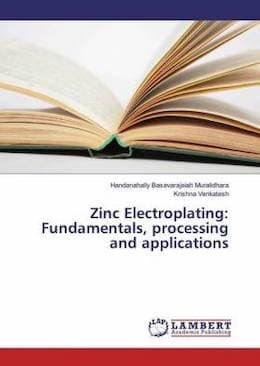
from eBay, AbeBooks, or Amazon
"Alkaline non-cyanide zinc plating with reuse of recovered chemicals" by Jacqueline M. Peden (1994)
from (U.S. EPA)
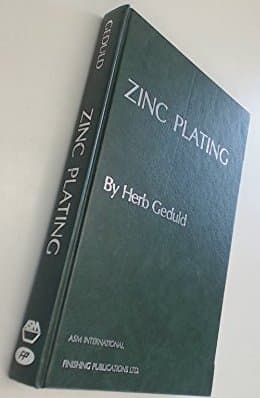
from eBay, AbeBooks, or Amazon
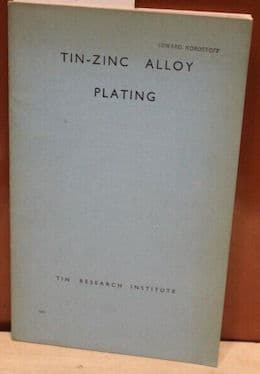
from eBay, or AbeBooks
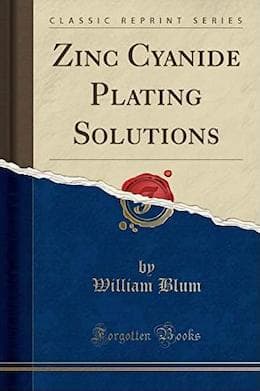
from eBay, AbeBooks, or Amazon
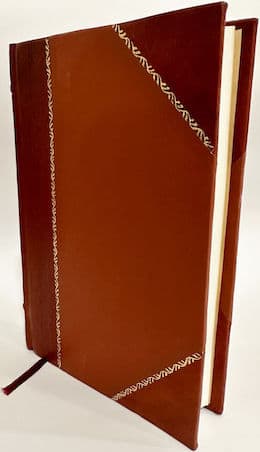
from eBay, AbeBooks, or Amazon
(as an Amazon Associate & eBay Partner, we earn from qualifying purchases)
Q. Good afternoon, guys. Help me understand what is the standard deviation of micros or acceptable layer by ISO for zinc plating?

Utane Domingos
- in Luanda/angola
May 24, 2024
A. Hi Utane,
You would need to mention a particular ISO specification before an answer is possible because there are separate specs for hardware, other discrete parts, wire, reel-to-reel preplate, etc. Even then there may not necessarily be an answer.
Plating inside holes and blind holes are special cases. Sometimes a spec will not cover those areas except with something like "any surface which can be touched by a 3/4" diameter ball" for example.
Please give us the background which prompts this question. Thanks.
Luck & Regards,

Ted Mooney, P.E. RET
Striving to live Aloha
finishing.com - Pine Beach, New Jersey
|
|
Dear readers, please post in English. The purpose of a public forum is to involve the readers in mutual interaction which isn't possible for postings in the many other languages of the world in a forum which has used the English language for 35 years and where the overwhelming majority of readers speak English. It's easy for posters to use services like translate.google.com to turn a posting into English, unfortunately it is not nearly so easy for us because we use forms and software which convert the original posting into the required HTML formats for the Internet, and in doing that they wreak havoc on foreign language postings, turning characters with foreign accent marks into gibberish. Plus if a reader doesn't translate to English and do a quick search of the site, it results in frequent duplicative Q&A's which discourages the other readers. Thanks for your understanding. |
⇩ Related postings, oldest first ⇩
Q. The engineering department at my company has specified a thickness range of .00015 to .0002 on steel shafts. The coating is just standard clear or I think sometimes called blue zinc. Our supplier is having a problem achieving this thickness do to a condition called "dog boning". Dog boning is described as a build up of coating at the ends of each shaft. This is caused by the pull of current form the electrodes in the tank. The shafts are approximately 1-3 inches in diameter and can range from 4-9 feet long. Is this thickness parameter achievable? What is the standard tolerance of zinc plating?
Richard Hartbeck- St. Louis, Missouri
2003
|
|
A. It is absolutely achievable, but may require the use of robbers or thieves, or shields, or rearranging the anodes so that they are directly across from only the center of the shaft. James Watts- Navarre, Florida A. There is no "standard tolerance" but your range sounds quite restrictive in view of the fact that not only is dog-boning to be expected but egg-shaped plating as well. (Or maybe I should say cam-shaped). With some experimentation the dog-boning can be fixed with large diameter plastic pipe acting as shields on the ends of the shafting if it is impractical to remove the anodes near the ends of the shafts due to their varying lengths.  Ted Mooney, P.E. Striving to live Aloha finishing.com - Pine Beach, New Jersey |
A. Have you heard of electroless nickel. Holding this thickness in any electrodeposited coating will be nearly impossible. It will also vary with the type of zinc plating chemistry used: acid will "bone" more than cyanide and alkaline non-cyanide will "bone" the least, however, holding 50 millionths tolerance over a 4-foot to 9-foot shaft is a challenge. With 100 pieces, you might get 20 good with some fixturing and 75 with real close process controls and fixtures, however, there will always be much higher fallout than desirable.

Milt Stevenson, Jr.
Syracuse, New York
A. I believe that your electrolyte should be considered carefully. Alkaline Non Cyanide Zinc should give deposits with better thickness distribution than acid zinc baths.
Thieves or Robbers can be used after trial and evaluation to get the most uniform deposit with Zinc on your parts.

Ed Budman [deceased]
- Pennsylvania
With deep sadness we advise that our good friend Ed passed away Nov. 24, 2018
Q, A, or Comment on THIS thread -or- Start a NEW Thread
